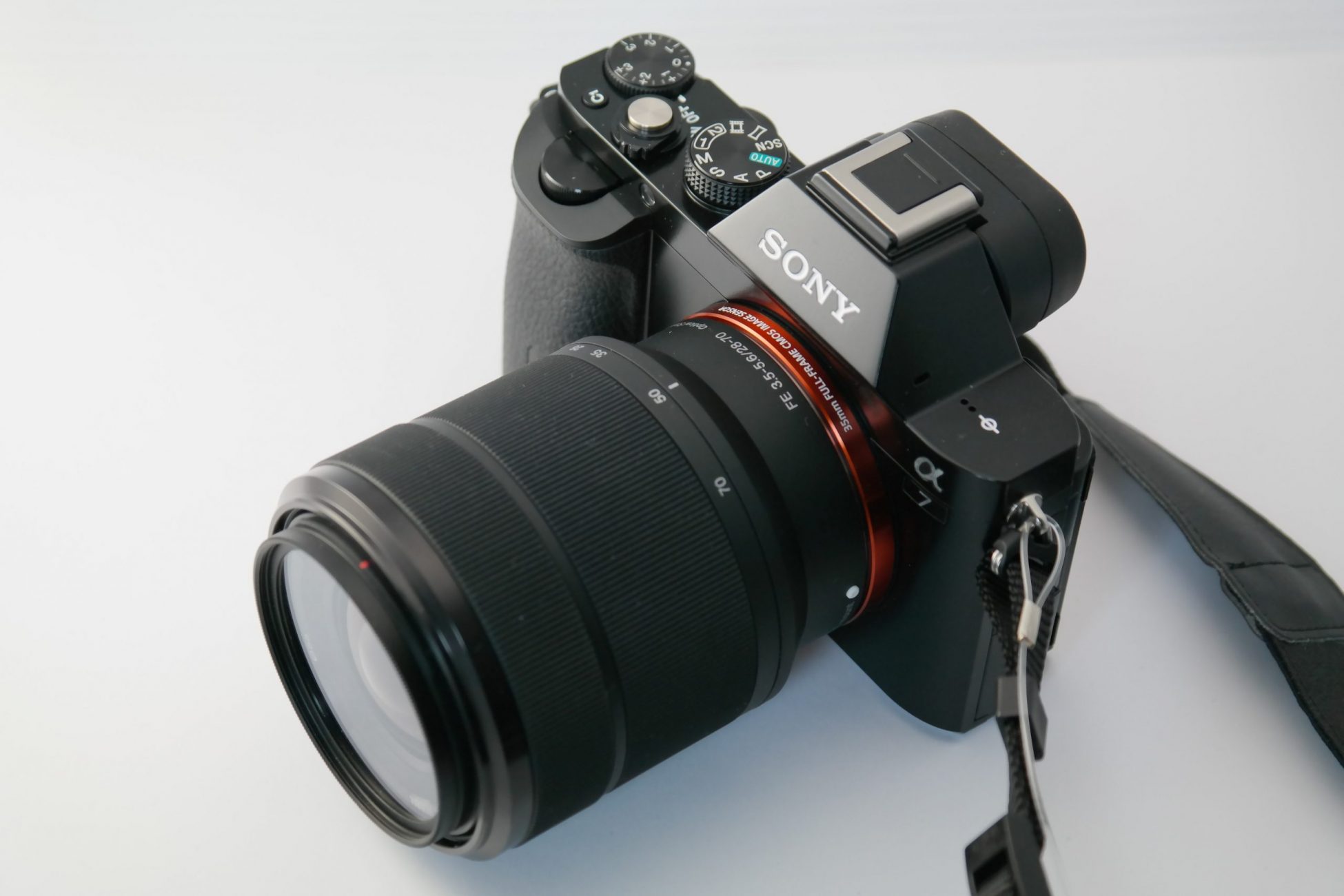Naderi Production
2 HANNERT DE KLEPPBEEM
L-6995 RAMELDANGE

What is the best camera to buy? This is one of the first few questions any aspiring photographer would have, especially with so many cameras out there today. My goal in this article is not to say one brand is better than any other, but just to introduce the most prominent criteria that matter when choosing a camera. Here is A Beginner’s Guide to Buying a Camera!
Although most of us have a phone that’s perfectly capable of taking good photos, there are certain areas where mobile phones are yet to catch up with modern DSLR or mirrorless cameras. Below are some things you need to think about to determine what camera is best for you.
Over the years, I have come across quite a lot of beginners asking whether it’s worth buying a DSLR, or if they should continue using their phone. I always answer that question with another question: “Are you serious enough about photography that you are ready to buy additional lenses and accessories, which would possibly cost you much more than your first DSLR body?”
A significant part of the cost of a camera is in all the other things you may need to buy. Lenses, a tripod, camera bags, an IPS monitor, post-processing software, monitor calibration equipment, and so on. If the answer to that question is no, then a good mobile phone is what would work as the best option for you. If the answer is yes, then comes the next question.
The second question I ask is: “Are you ready to accept the fact that you cannot upload the pictures immediately to your Facebook or Instagram page?” If the answer is no, you would probably be happiest with a mobile phone rather than a DSLR.
It is true that modern DSLR and mirrorless cameras come packed with options like built in WiFi to make sharing a bit faster. But even so, it doesn’t make much sense to get a DSLR if you have no interest in loading those photos on your computer and editing them the traditional way. Almost all of those stunning pictures you see from professional photographers on social media are seldom straight out of the camera. They are results of extended planning and hours spent post-processing them on a computer.
If that sounds good to you, and you are ready to linger around a single image instead of merely clicking and sharing, it is time to ask yourself the next question.
Photography demands a learning curve, both on the technical and artistic fronts. So, my final question is, “Are you willing to toil hard for months to even sometimes years?”
There is a reason why photographers get annoyed when someone comes out with a comment “Wow! This picture looks amazing. Which camera did you shoot it with?” The technical and artistic work that goes into making a photograph is of exponentially greater importance than the tool that was used to make it. This question is as naïve as asking an artist “Which brush did you use to paint this picture?”
Camera gear does play an important role in getting good pictures. But, the mere purchase of an expensive DSLR or mirrorless camera doesn’t guarantee a great shot. In fact, if it’s not coupled with knowledge on how to use your camera, even a phone may give you better point-and-click shots.
Now that you have answered a yes to all the questions above, the next step is to fix a budget. Whether you choose to buy a DSLR or a mirrorless, a $500 budget would be the minimum. A $750 budget would be desirable whereas a $1000 budget would be great, particularly if you want a good set of other accessories.
If you buy a consumer crop camera body with a kit lens for $500, you would be upgrading it between 1-2 years, assuming that you make serious progress. A semi-pro/enthusiast level gear that would cost about $750 for the body alone should keep you happy for about 3 years, before an upgrade would seem inevitable. An entry level full frame body for about $1500 should keep you happy for quite a while.
Irrespective of the budget, a breakthrough camera today will be at least a generation or two behind in about 5 years, and maybe even obsolete. Shooting above ISO 1600 was considered a joke in 2010, but today we are seeing print-quality pictures shot at ISO 6400 and beyond. Even lenses are not immune to this. For example, the Nikon 20mm f/1.8 G has long been considered one of the highest quality wide angle lenses available, until its new mirrorless counterpart outperformed it by a considerable margin.
This is not to say you need to buy the “latest and greatest.” You can take high quality pictures with any modern camera, or even any DSLR made within the last decade or so. But if you prefer to be on the tip of the technology curve, you may find yourself spending more than you first intended.
Some of you would have started reading the article hoping it was a ranking of entry-level DSLRs. That was not the intent of this article (though we have written about that if you’re curious.)
Instead, my hope is that this article will give you a better understanding of what to look for when buying a camera for the first time, so that you can decide on the brand and model by yourself. It is always better to know what you need prior to buying the tools, rather than buying a tool just because it is rated high by others.
If you have any questions or feedback, please post your comments in the comments section below.